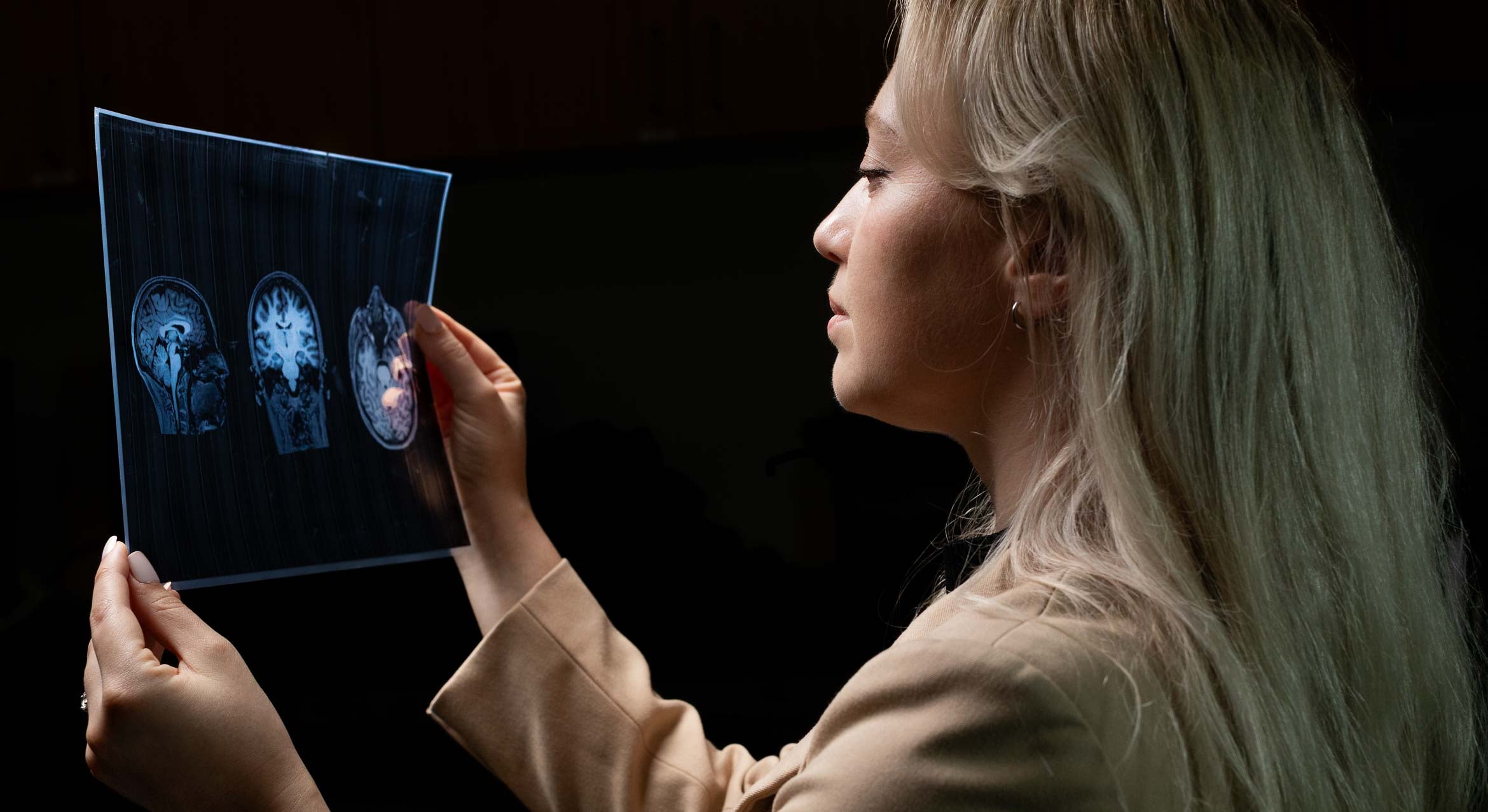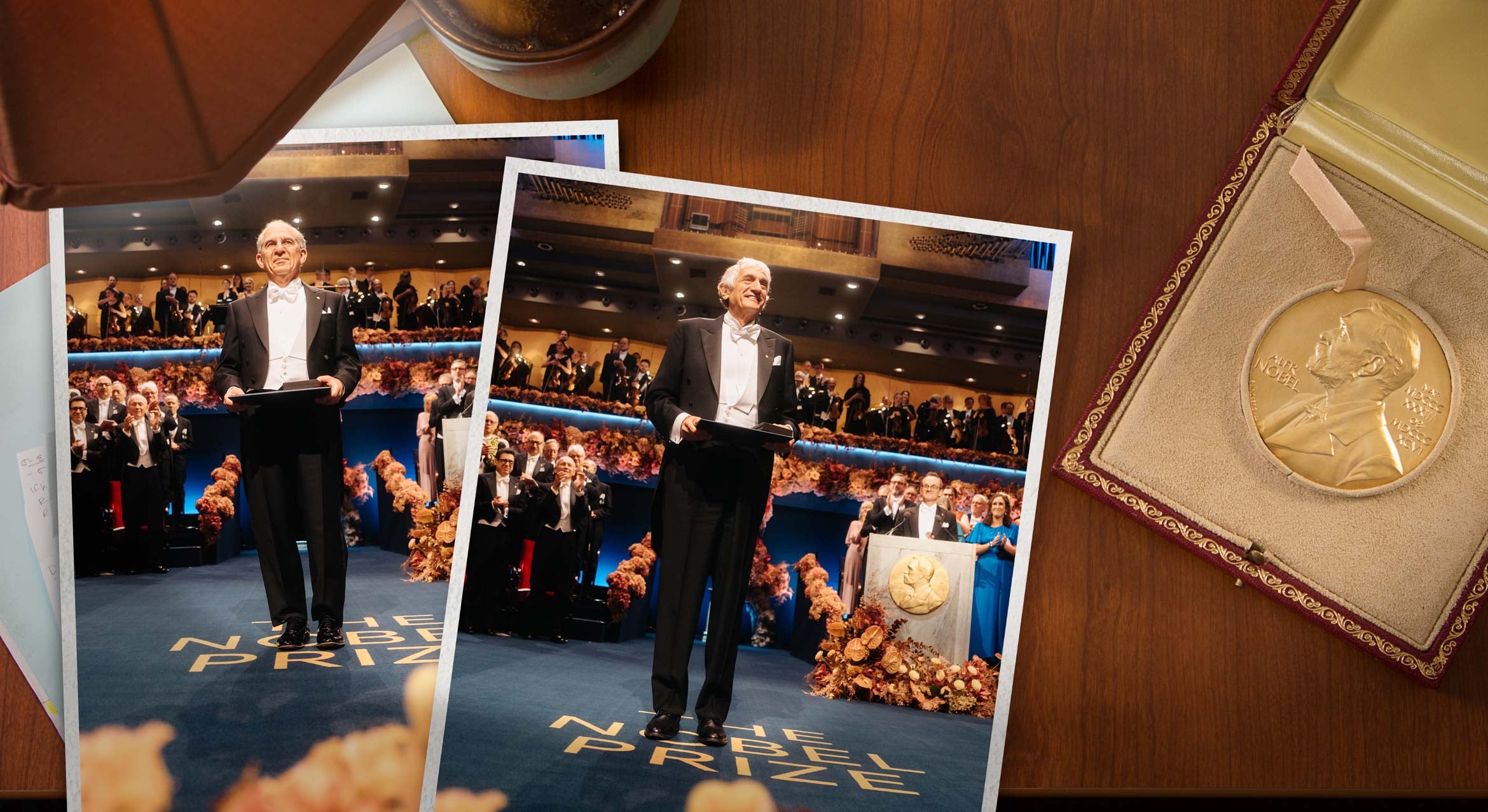UCSB, UCL Scientists Rescue Visual Function in Rats Using Induced Pluripotent Stem Cells
An international team of scientists has rescued visual function in laboratory rats with eye disease by using cells similar to stem cells. The research shows the potential for stem cell-based therapies to treat age-related macular degeneration in humans.
A team led by Dennis Clegg, of UC Santa Barbara, and Pete Coffey, of University College London (UCL), published their work in two papers, including one published this week in the journal PloS One. The first paper was published in the October 27 issue of the journal Stem Cells.
The scientists worked with rats that have a mutation which causes a defect in retinal pigmented epithelial (RPE) cells and leads to photoreceptor death and subsequent blindness. Human RPE cells were derived from induced pluripotent stem cells –– embryonic stem cell-like cells that can be made from virtually any cell in the body, thus avoiding the controversy involved in using stem cells derived from embryos. Pluripotent means that the cells can become almost any cell in the body.
In experiments spearheaded by UCL's Amanda Carr, the team found that by surgically inserting stem cell-derived RPE into the retinas of the rats before photoreceptor degeneration, vision was retained. They found that the rats receiving the transplant tracked their visual focus in the direction of moving patterns more efficiently than control groups that did not receive a transplant.
"Although much work remains to be done, we believe our results underscore the potential for stem-cell based therapies in the treatment of age-related macular degeneration," said Sherry Hikita, an author on both papers and director of UCSB's Laboratory for Stem Cell Biology.
Dave Buchholz, first author of the article in Stem Cells, explained that by using induced stem cells that can be derived from patients, the scientists avoid immune rejection that might occur when using embryonic stem cells.
According to Buchholz, "RPE cells are essential for visual function. Without RPE, the rod and cone photoreceptors die, resulting in blindness. This is the basic progression in age-related macular degeneration. The hope is that by transplanting fresh RPE, derived from induced pluripotent stem cells, the photoreceptors will stay healthy, preventing vision loss."
The research is the result of a collaboration between research groups led by Clegg, professor in the Department of Molecular, Cellular & Developmental Biology and co-director of UCSB's Center for Stem Cell Biology and Engineering, in the Neuroscience Research Institute, and Pete Coffey, professor of Cellular Therapy and Visual Sciences at University College London and director of the London Project to Cure Blindness. Other authors include Amanda Carr, Anthony Vugler, Jean Lawrence, Carlos Gias, Li Li Chen, Ahmad Ahmado, Ma'ayan Semo, Matthew Smart, Shazeen Hasan, and Lyndon da Cruz at UCL, and Buchholz, Hikita, Teisha Rowland, Amy Friedrich, Cassidy Hinman, and Lincoln Johnson at UCSB.
Issued: Dec. 3; updated: Dec. 3
Related Links
Center for Stem Cell Biology and Engineering at UCSB
Dennis Clegg



